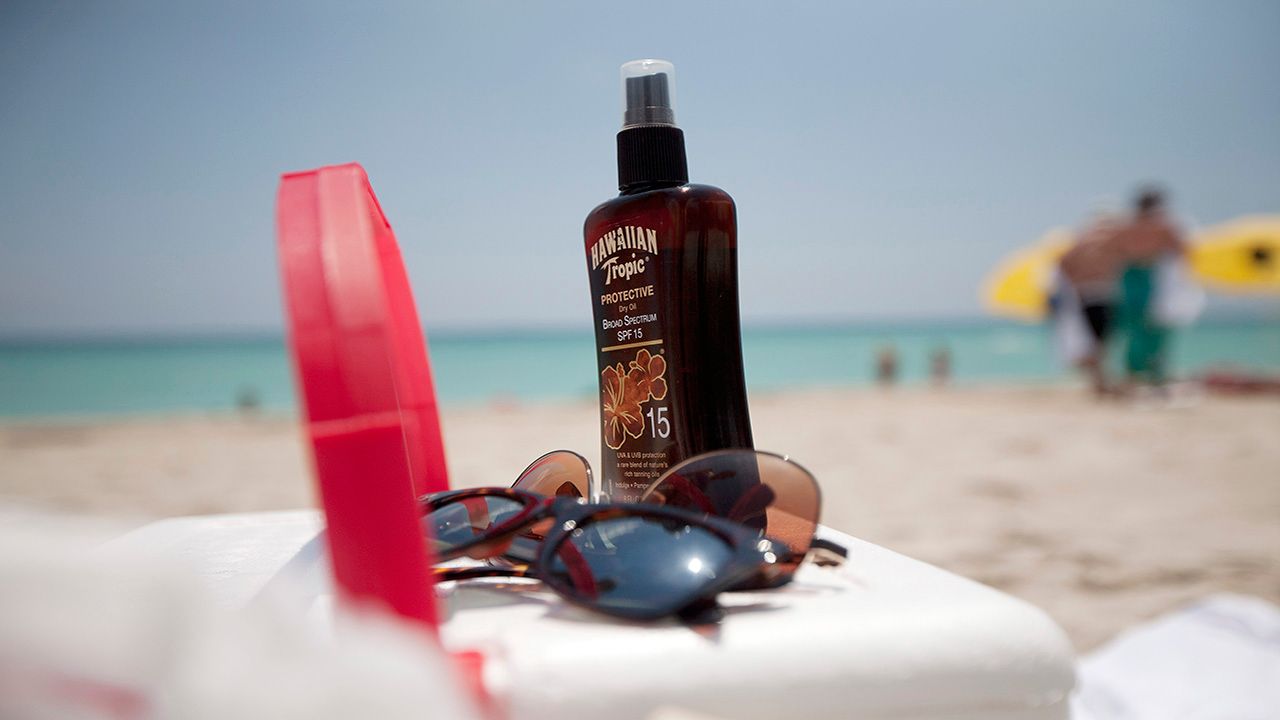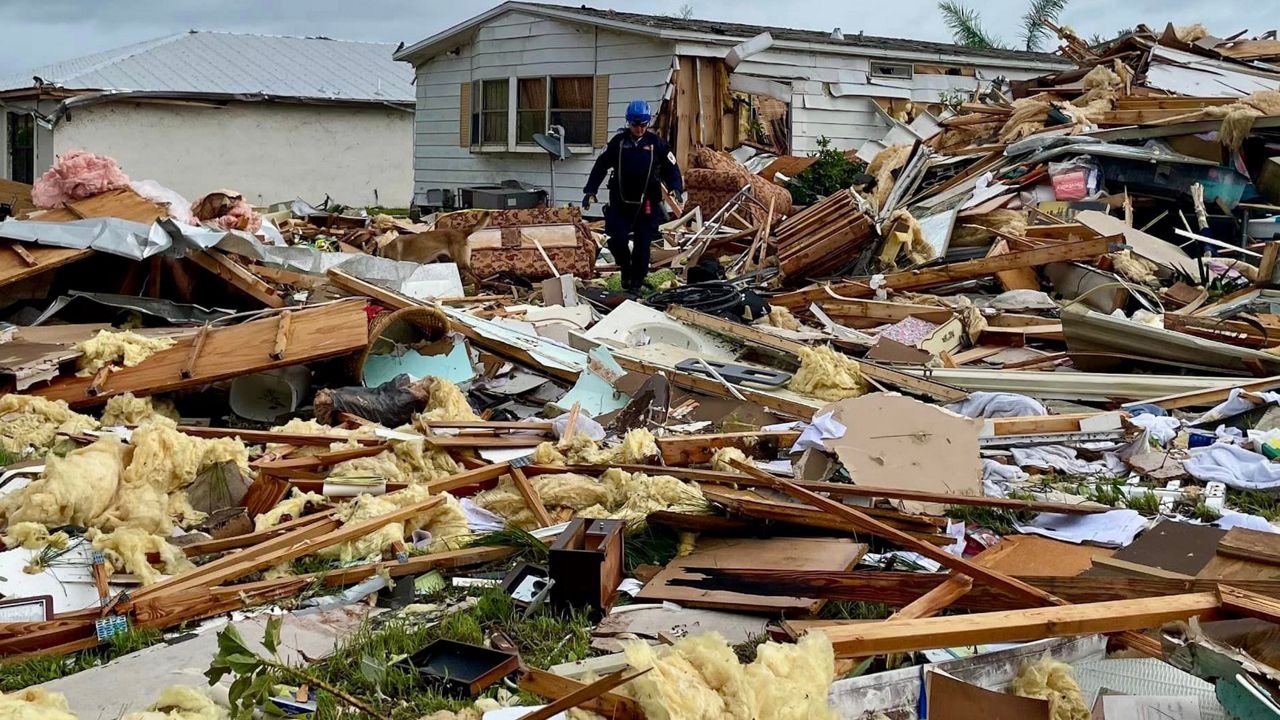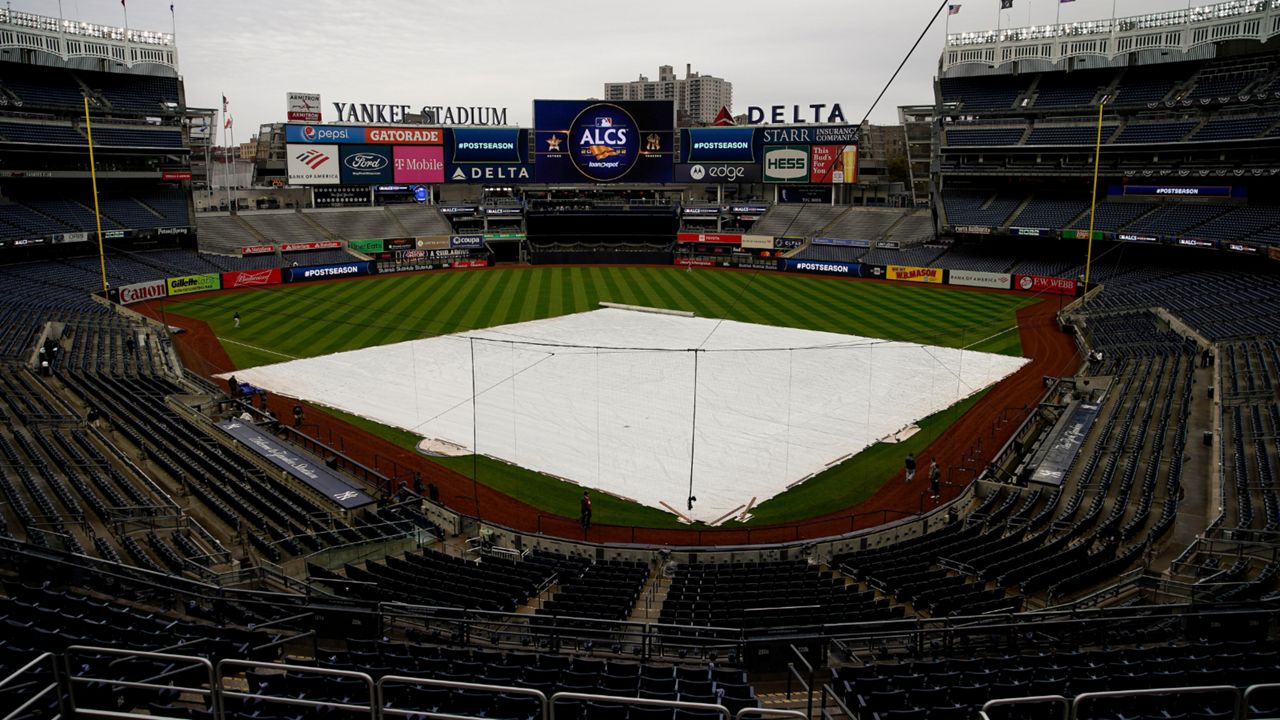As temperatures heat up across the United States, millions are flocking outdoors to enjoy the summertime weather. But how can you protect your skin from the sun's powerful rays this summer? Consumer Reports tested and rated their best sunscreens for 2024, and here's what they found out.
Sunscreen is considered the best protector against burns and various cancers to the skin. The inexpensive product comes in various forms, so you can pick the best type of sunscreen for you.
Consumer Reports tested and rated various brands and types of sunscreens to determine the best type of sprays and lotions to protect you from ultraviolet A and B rays, while also protecting your skin from aging. This testing also provides insight into what sunscreens bring the best protection from various types of skin cancer.
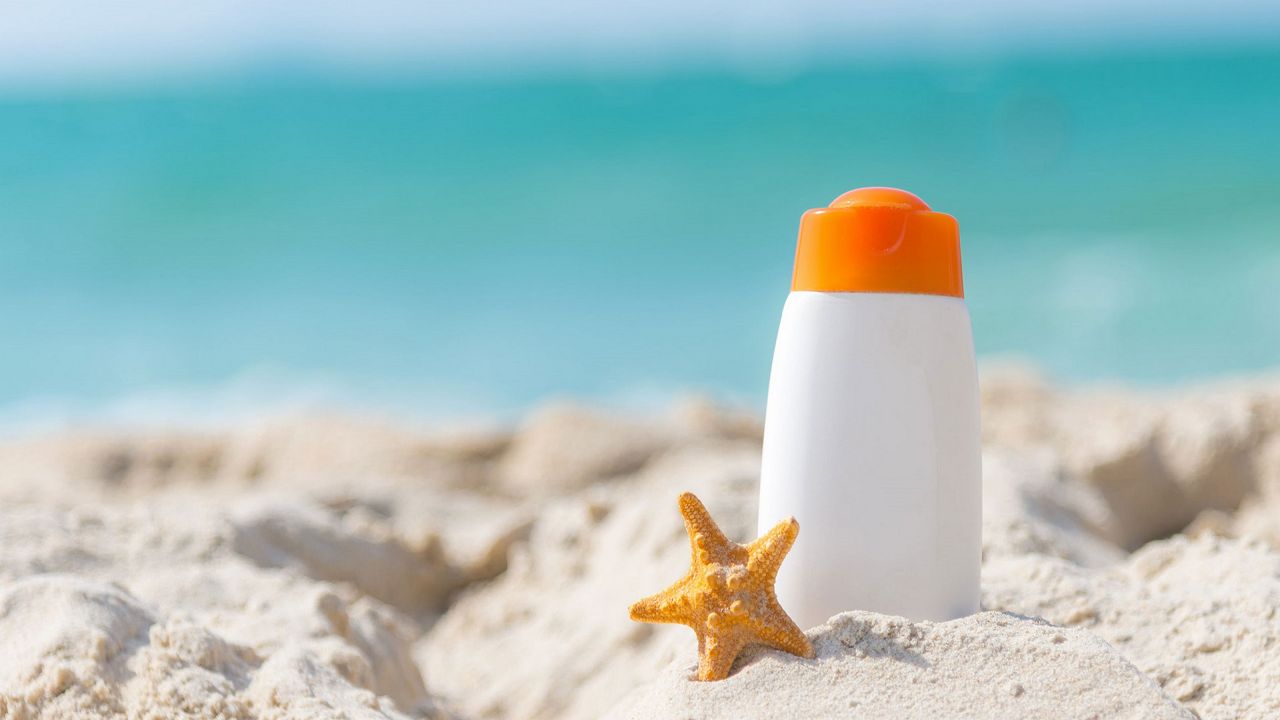
To test a sunscreen SPF - also known as the Sun Protection Factor - Consumer Reports applied sunscreen samples to small areas of skin before submerging the sunscreen tests in bodies of water to test their water resistant properties. Afterwards, they simulated sunlight on the patch of skin before examining the skin a day later for redness to the area. Below are the results.
If you're a tried-and-true kind of person, lotion sunscreen could be your go-to. It's been around from the beginning and is still one of the most popular types of sunscreen to use today.
This year, the winner of Top Lotion Sunscreen went to Coppertone Water Babies Lotion SPF 50. Consumer Reports found this sunscreen outpreformed it's SPF label, meaning it provided more protection than suggested to the sun's UVA and UVB rays. However, this sunscreen may not be for everyone, as they discovered it does leave a greasy residue behind on the skin, leading to a sheen and making the tester feel a bit slick.
For lotion based sunscreen, the FDA suggests you apply one teaspoon of sunscreen for your face, neck and head, one teaspoon for each arm, another for each leg, one for your chest and one for your back. If you're wearing a swimsuit, that's about one ounce of sunscreen for the body– approximately enough to fill a shot glass.
If lotion sunscreen isn't your favorite, maybe you prefer spray sunscreen. It's very easy to use and can give you a near-even application across the body. The best way to use this sunscreen is by holding the nozzle close to your skin and spraying until a gloss appears across your body.
Consumer Report's awarded Eucerin Advanced Hydration Spray SPF 50 their award for top spray on sunscreen this year. During testing, Consumer Reports found that the SPF came very close to the advertised SPF 50 rating, making it not only an accurate advertised sunscreen but one that was easily applied as well. However, like Coppertone Water Babies above, this sunscreen also leaves behind a slight film on the skin of the wearer.
According to the FDA, after application of the sunscreen, you should rub it into your body. Even though some bottles specify "no rub," you should rub anyway, as smoothing it into the skin increases the protection from UVA and UVB rays.
If you prefer lotion sunscreen but the cost of some are too much for your pocket book, Consumer Reports even rated the best budget sunscreen's in a hope to save you a few bucks.
This year, the best lotion based sunscreen on a budget goes to Walmart's Equate Ultra Lotion SPF 50 brand. At a price point of around 7 bucks a bottle, it provided just as much protection as Coppertone Water Babies, but at a cheaper hit to the pocket book. Be aware, like Coppertone, this sunscreen also leaves behind a residue on the wearer's skin.
Looking to save a few bucks on sunscreen spray? Consumer Reports has you covered once again.
For a second year in a row, Trader Joe's Spray SPF 50+ takes home an aware for affordability as a spray sunscreen brand. Last year, this brand won the overall award for top spray sunscreen. However, like the brands above, users are likely to feel a bit of residue left behind as the hours of sun set in.
If none of those sunscreen's seem to suit your needs, Vertra Sunscreen Body Spray SPF 50 could be for you. The sunscreen maintains a high SPF rating and does not leave behind a residue like the other sunscreens above. But it does have a higher price point for that sense of a cleaner feeling.
For most American's a SPF rating of 30 to 50 should do the trick. But remember, that the higher the SPF rating doesn't necessarily mean the sunscreen is better.
SPF is simply a time measurement, indicating the amount of time it takes for your skin to turn red after exposure to UVA and UVB rays. You can compute how long your sunscreen is good for by multiplying the amount of time it takes your skin to turn red by the sunscreen's SPF rating. For example, if it takes your skin 15 minutes to burn without sunscreen, and you are wearing SPF 30, you would have 450 minutes of safe time in the sun before you need to reapply again.
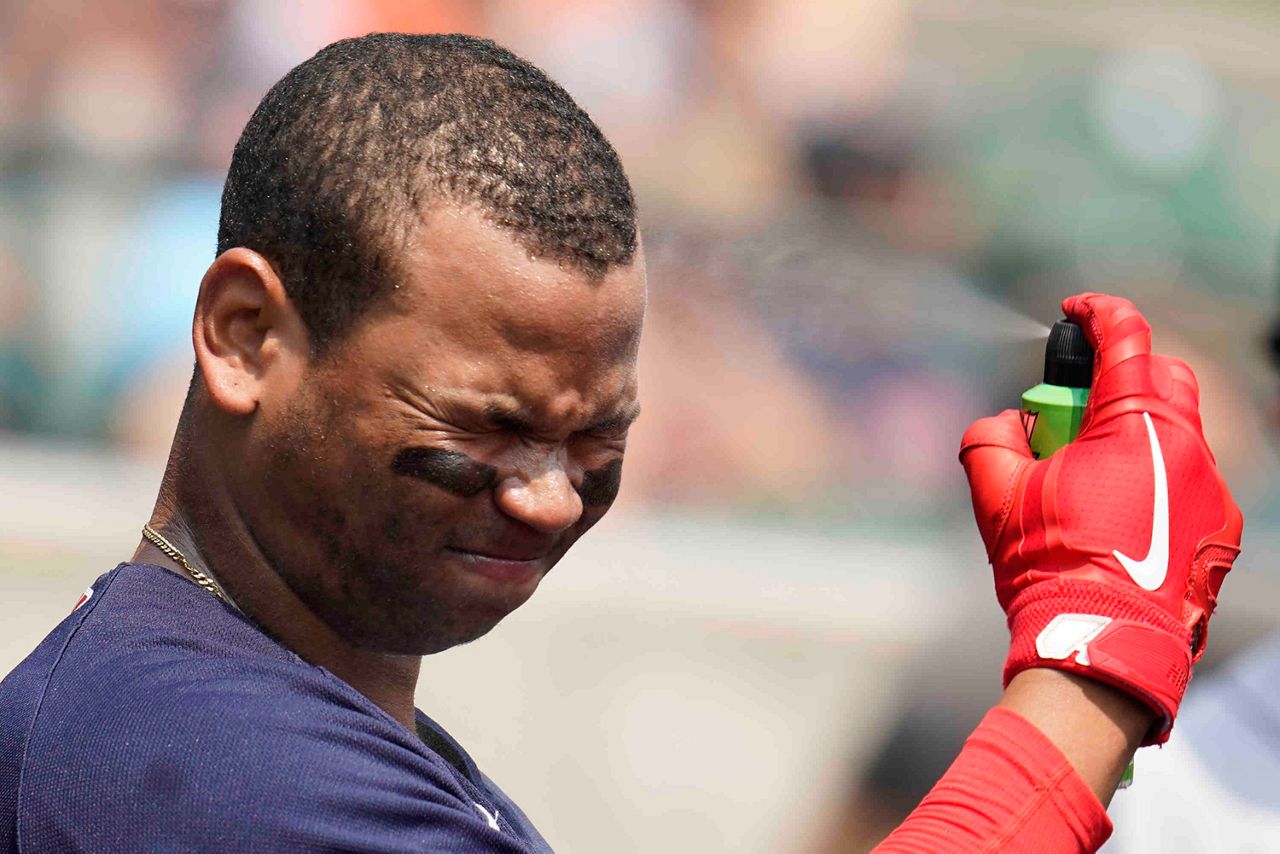
A good rule of thumb is to reapply sunscreen every 2 hours, regardless of SPF rating.
Finally, remember that broad spectrum sunscreen is always best. That means that both the sun's UVA and UVB rays are blocked from penetrating your skin layer. Sunscreens not rated as broad spectrum likely only protect the user from UVB rays.
Our team of meteorologists dives deep into the science of weather and breaks down timely weather data and information. To view more weather and climate stories, check out our weather blogs section.




